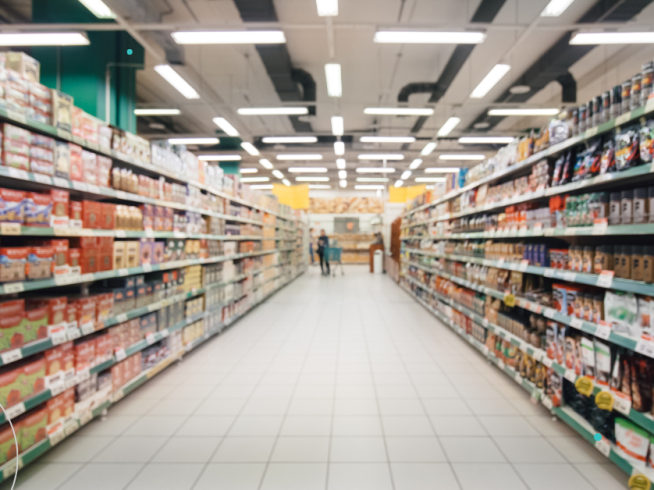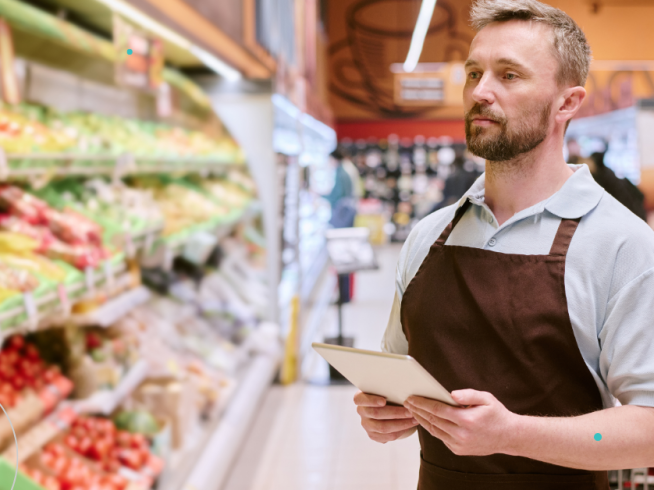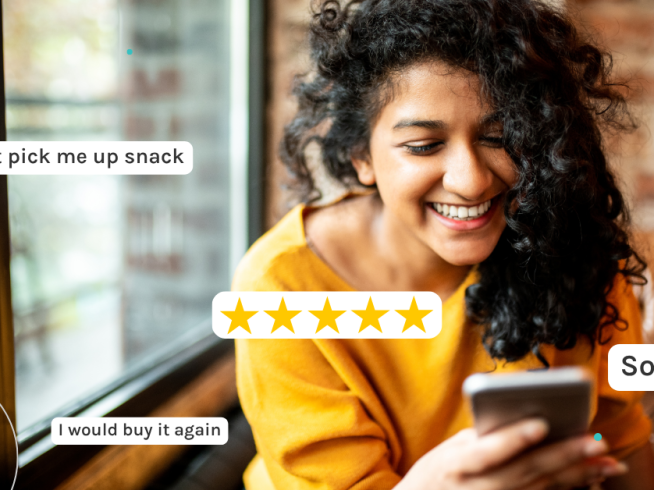Landing a meeting with a retail buyer – whether it’s a local specialty store or a national chain – is a huge milestone for any emerging CPG brand. But that’s when the real work starts. It’s an incredible opportunity, and also a high-stakes moment where even small missteps can lead to a quick “no.”
A lot of founders assume the decision comes down to a single thing, like taste or low COGS (cost of goods sold). In reality, buyers are looking at your product as an investment. They’re not just trying to find something delicious; they want a partner they can trust to grow their entire category without adding unnecessary risk.
These are three things every CPG brand has to get right to move from a pitch to a place on the shelf.
- Durability and Compliance: Packaging should be strong enough to handle large-scale distribution and stacking without crushing. It also needs to meet all regulatory requirements to avoid costly recalls or damage to brand reputation.
- Shelf Maximization: Retailers care about how well your product fits into their planogram. Does your product fit neatly? Is the box size optimized to reduce shipping waste and costs? Packaging that’s designed with efficiency in mind not only improves margins but also signals professionalism.
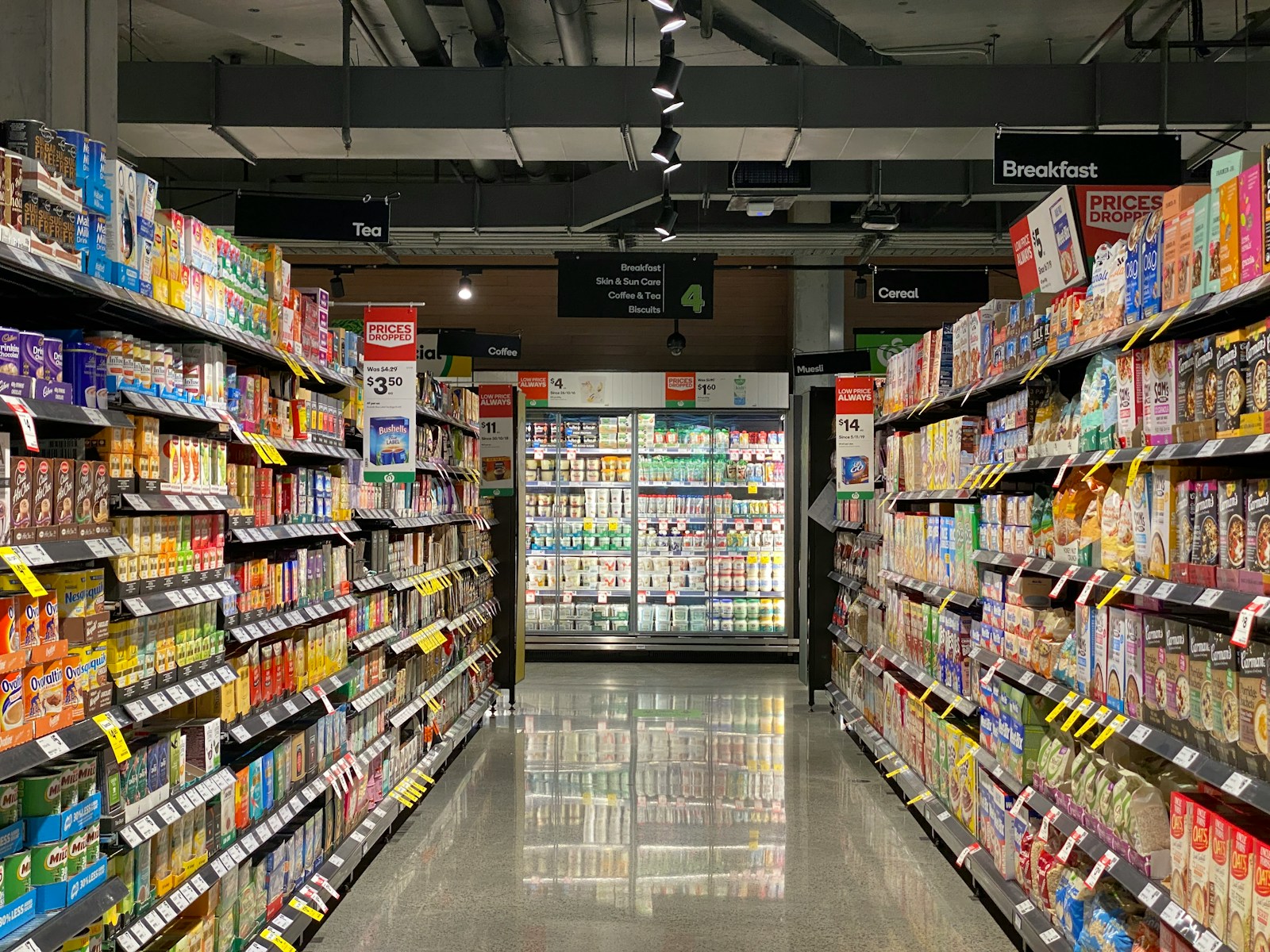
The Slotting Fee Barrier
Slotting fees – one-time payments made to retailers for initial placement – are a standard, if frustrating, part of the process. They help retailers offset the risk of bringing in new products.
- The Cost: Depending on the retailer and region, slotting fees can range from $250 to $1,000 per item per store. For a regional launch, that can add up to $25,000 to $250,000 or more.
- Mitigation Through Data: The stronger your velocity projections and consumer proof, the more leverage you have to negotiate those fees down. Syndicated data, broker support, and high purchase intent metrics from sampling programs all help de-risk your product in the buyer’s eyes and often their fees.
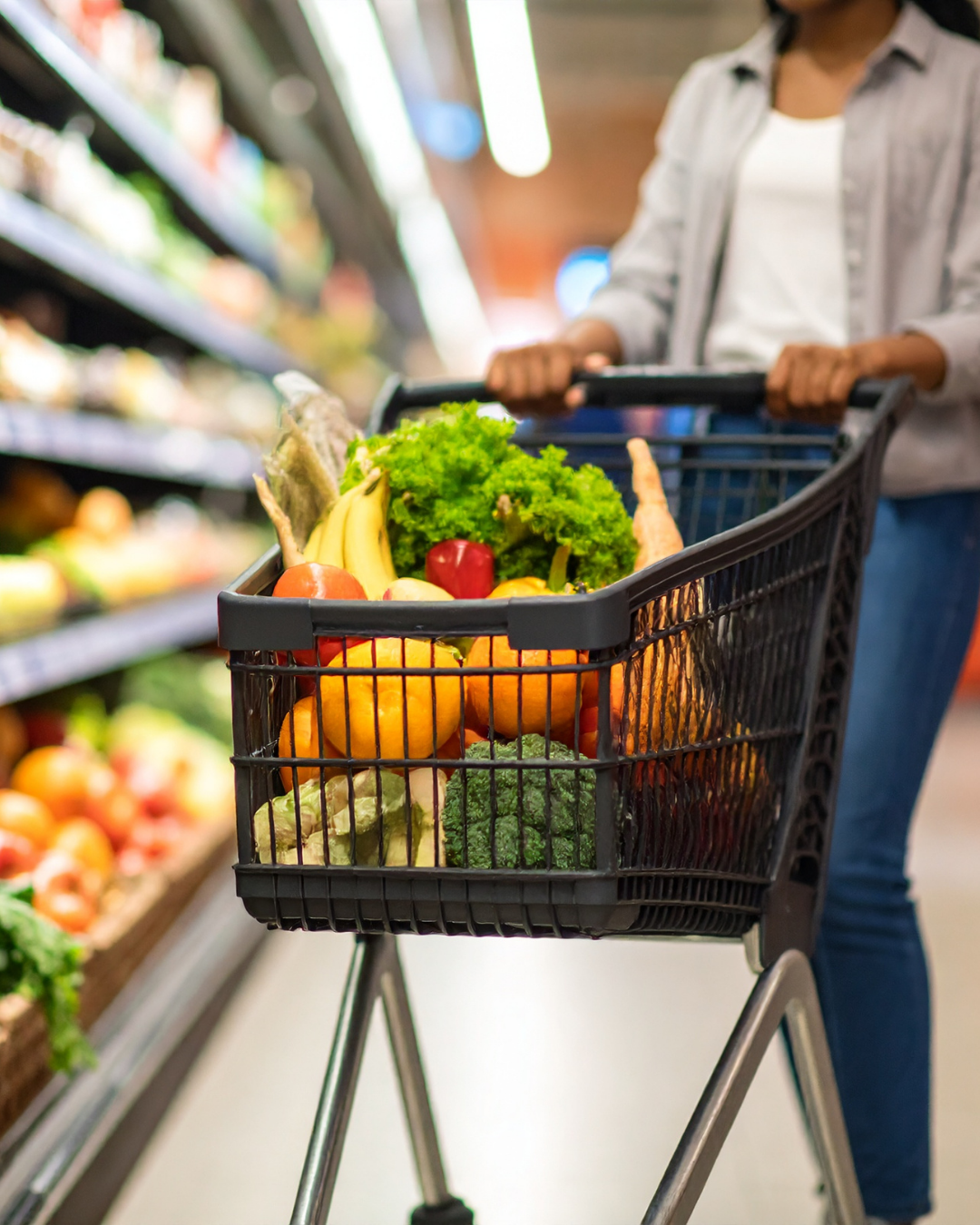
Retail buyers want partners, not just products. If your brand can show up with three things – professional packaging, a story rooted in authenticity, and a financial model that protects the retailer’s profit – you’re no longer just a hopeful startup. You’re a viable, high-potential business that belongs on their shelf.


